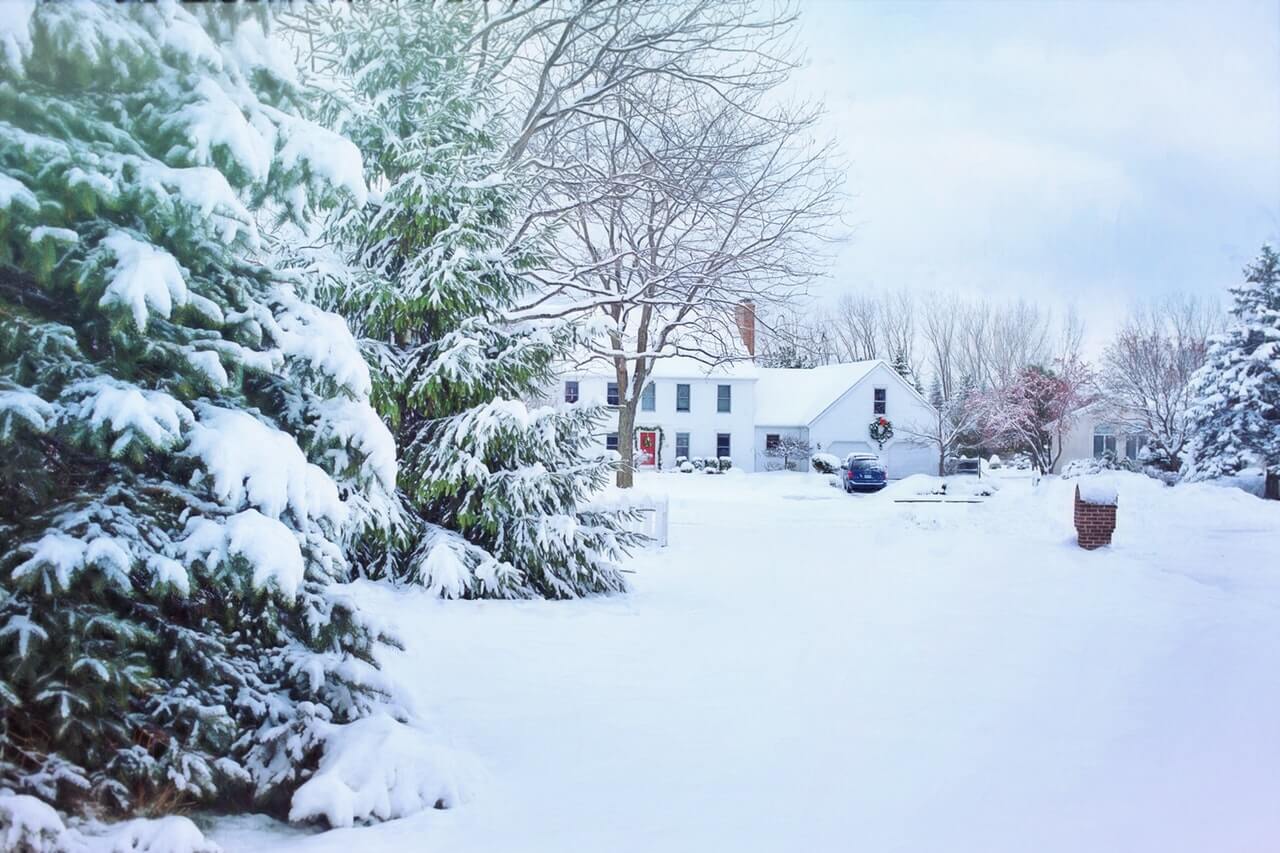Fall is full of back-to-school buzz, pumpkin-flavored everything, trick-or-treating, and sweater weather (just to name a few of our favorites). It’s also a time that comes with additional risks unique to this time of year.
Did you know that flooding is the number one natural disaster in the United States? In fact, according to FEMA—the Federal Emergency Management Agency—every region of the United States is at risk for winter flooding.
That’s a pretty unsettling thought, right? Here’s what makes the winter season significantly riskier in terms of flood risk, and what you can do to prepare for and prevent a potential flooding situation in your home.
Frozen Pipes
The liquid inside pipes can freeze when exposed to cold temperatures during cold months, which causes the pipes to burst. The pipes most at risk are those located in less insulated areas like crawl spaces or along exterior walls.
Insulating pipes by wrapping them in towels or special pipe insulation can help. If your pipes do burst, be sure to contact your local water damage emergency response team quickly.
Melted Snow
A spike in temperatures can trigger a sudden thaw that melts ice and snow quickly. Because the ground remains frozen, this significant amount of water runoff produced in a short amount of time can flow to local rivers, lakes, and streams. This overflow can lead to dangerous flooding—especially for homes located near bodies of water.
If you live in such a location, take the necessary precautions and have a water damage restoration specialist on hand in case of an emergency.
Ice Dams
When heat from your home rises to the attic during winter, it can make snow and ice on your rooftop melt. The moisture then runs to your rain gutters and can re-freeze, causing a dam that continues to build and block runoff behind it. This build up of moisture can flood your roof, attic, and walls.
The good news is, ice dams can be prevented with additional insulation in your attic to prevent heat from escaping, or electrical heat strip installed along the edge of your roof. It’s also important to make sure your attic has adequate ventilation for hot air to escape properly.
Ice Jams
The surfaces of rivers often freeze during cold temperatures. When a thaw occurs or when the water beneath the surface rises, ice can break off into large chunks that often jam bridges or the flow of water. This damming effect can cause a dangerous rise in water levels and severe flooding for surrounding properties.
If an ice jam occurs in your area, contact a water damage restoration specialist as soon as possible to limit and help restore damage in your home.
Coastal Flooding
Wind generated by winter storms can cause coastal erosion or tidal flooding in areas near oceans or lakes. Storm surges can significantly damage coastal communities as water levels rise.
Water Damage Restoration In Lake Orion, Michigan
It’s also crucial to take necessary precautions like purchase a flood insurance policy, or review your existing one to know what it covers and how to process a claim. If flooding does occur, take photos of your personal property quickly for insurance purposes.
Also, maintain an emergency kit and have it on hand, as well as establish an emergency action plan with your family. Keep important documents in a water-proof place, and have a storage supply of water and non-perishable food nearby.
It’s also wise to become familiar with your local water damage restoration specialist. The good news is, with help from Complete Chem-Dry of Lake Orion, you don’t have to handle a flooding situation alone.
We’re available day or night to respond quickly in your time of need, and get you back on your feet as soon as possible.
Experiencing a flood in your Lake Orion home? Contact Complete Chem-Dry of Lake Orion.

